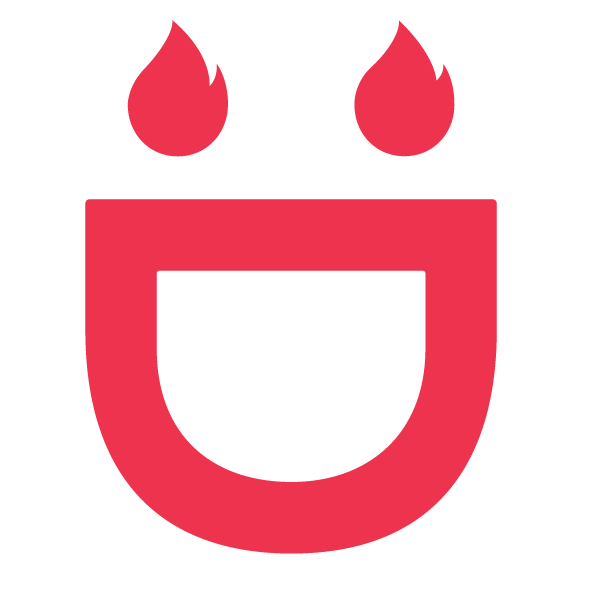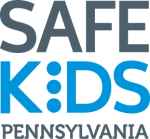
HOME SAFETY
Burn & Scald Prevention
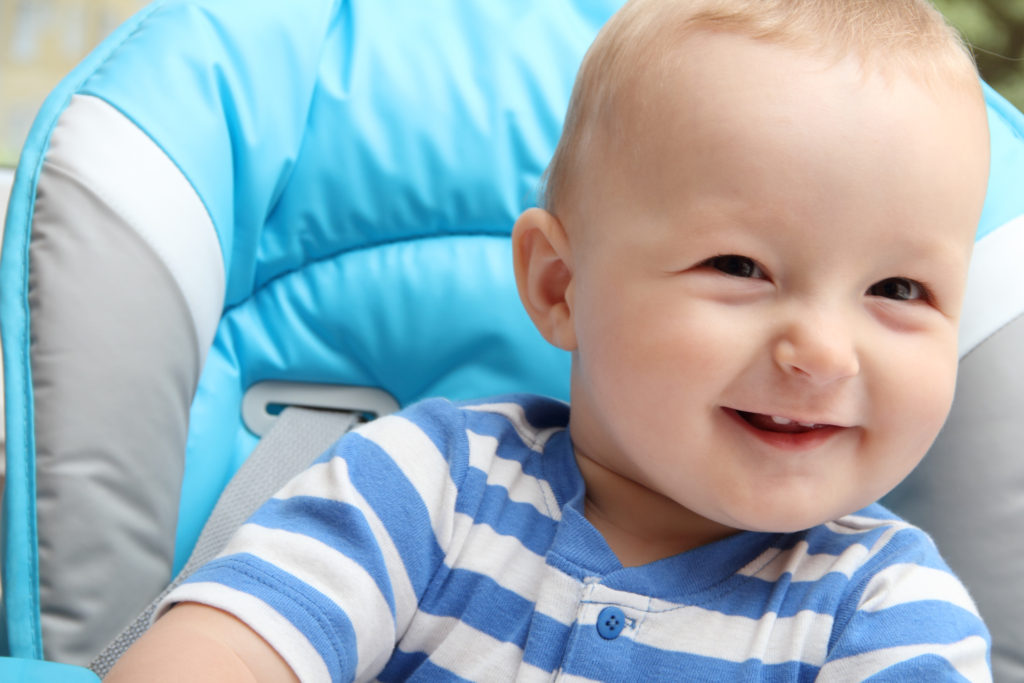
The smell of cookies baking in the oven or tasty sauces simmering on the stovetop is hard to resist for both adults and children. Here are a few simple steps to keep your little chef safe from potential burns, whether in the kitchen, around a fireplace or in any other part of your home.
Annually, more than 136,000 children across the country are treated in the emergency department due to an injury from a fire or burn.
Safety Tips
COOKING
- Teach younger children to stay at least 3 feet away from your cooking space. If you need to watch babies (or toddlers) while cooking, place them in a highchair outside of the “kid-free zone” where you can supervise them.
- Do not carry or hold a child while cooking on the stove. Instead, move a high chair in the kitchen within reach or sight before you start.
- Children love to reach, so to prevent hot food or liquid spills, simply use the back burner of your stove and turn pot handles away from the edge. Keep hot foods away from the edge of your counters.
- Do not allow children to use the microwave.
- Taste cooked food and heated liquids to make sure they are not too hot for your child.
- Never microwave your baby’s bottle. Microwaves create hot spots in food and bottles that may not be felt by touch.
- Heat bottles with warm water or a bottle warmer and test them before feeding your baby.
OPEN FLAMES
- Make a “kid free zone” around your outdoor grill or campfire, at least 3 feet away from the open flame.
- Make a habit of placing matches, gasoline and lighters in a safe place, out of sight and reach of a child. Avoid novelty lighters or lighters that look like toys.
- Never leave a burning candle unattended. Place candles in safe locations, away from combustible materials and where children or pets cannot tip them over. Use the candle as directed by the manufacturer.
- Keep a screen in front of the fireplace. If it has a glass screen, it can take a long time to cool down and can burn a young child.
WATER
- Adjust the water temperature on your hot water tank. To prevent accidental scalding, set your water heater to 120 degrees Fahrenheit or the manufacturer’s recommended setting.
- Test the bathwater with your wrist or elbow before placing your child in the tub. Children’s skin is more sensitive and can burn at lower temperatures compared to adults.
- Consider installing anti-scald devices on water faucets and shower heads that turn off the water if the temperature is too hot.
ELECTRIC
- Install electrical outlet covers on any used and unused outlets in reach of children.
- Unplug irons and curling irons when not in use. Store them out of a child’s reach.
- Use cord-shortening devices for any appliances that contain hot food or liquids.
- Place space heaters at least three feet away from curtains, papers, furniture and other flammable materials.
- Make sure heaters are stable and use protective coverings. Always turn space heaters off when leaving the room or going to bed.

